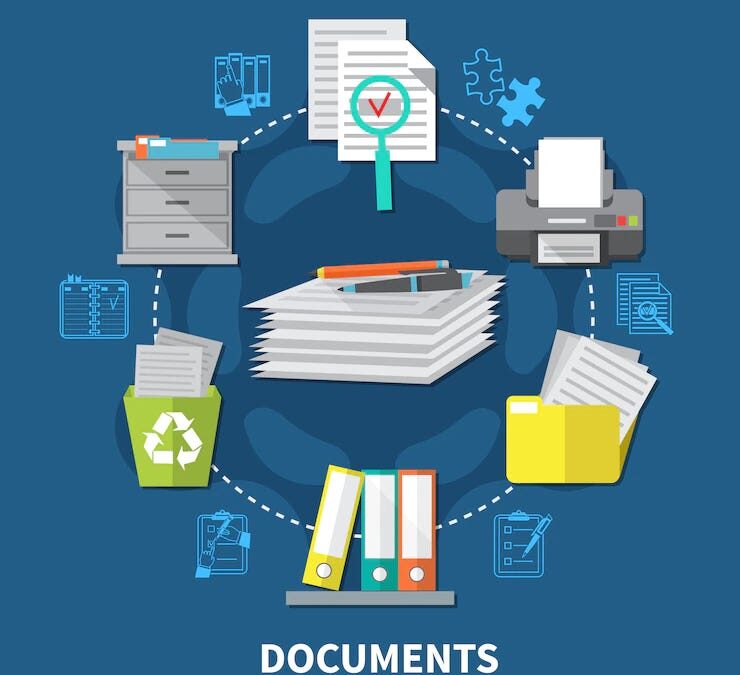Here’s a trivia question for all of you lawyers out there:
Q What is the #1 reason law firms have legal malpractice claims filed against them?
A. Inadequate methods for performing a Conflicts Check.
And we’ve seen it in our clients’ offices. One firm has a library filled with boxes of index cards. Staff members are assigned to manually look at the cards as part of the firm’s conflicts checking routine. Some lawyers say that looking through Windows Explorer or their Outlook mailboxes will do. This might be adequate if your practice gets one new matter per month. If your firm handles more than that, it isn’t. Practice management programs do precisely that: they help attorneys, or any other service-based organization, manage their practice. This includes comprehensive methods of performing a conflicts check.
 Q. Where do firms fail in their methods of Conflicts Checking?
Q. Where do firms fail in their methods of Conflicts Checking?
A. The ABA Model Rules of Professional Conduct are clear on this topic:
- You cannot represent a client if the representation involves a concurrent conflict of interest
(ABA Model Rules of Professional Conduct, Rule 1.7) - You cannot represent a new client in the same or a substantially related matter in which that person’s interests are materially adverse to the interests of the former client unless the former client gives informed consent, confirmed in writing (ABA Model Rules of Professional Conduct, Rule 1.9)
Reviewing documents, emails and even index cards is not enough. Having a practice management program in place – and one with adequate conflicts checking features – helps attorneys perform comprehensive and adequate background checks for conflicts in the following areas:
- Supporting procedures and workflows in the conflict checking process, including tracking of communications among attorneys to answer the simple question, “Do you recognize this name?”
- Ability to search through all records – documents, emails, notes, phone calls, contact and case/matter records to see if names can be matched
- More importantly, seeing why names are identified as matches – Is the John or Jane Smith I’m looking for the same as the names I found in my search?
- Providing documented proof that at the time of signing, attorneys had no recorded conflicts of interest
- Finally, in moving forward with accepting new cases or matters, there is a system to identify names related to those cases or matters.
The ABA is clear: each and every attorney is responsible when it comes to researching conflicts of interest. There are no exceptions or excuses. At Crosspointe Consulting Group, our consultants support several practice management programs that meet these standards. And using such programs contributes to the reduction of your malpractice insurance premium. Are you still using index cards and Windows Explorer searches? Call us at 877-357-0555 or write to us at [email protected] to find better alternatives. We can help you find the program that is right for you OR help you get the most from the program you already have.
Related Articles published on the Crosspointe Blog:
- TimeSolv – Cloud Based Billing Software
- Launching a Process Change Project: Part 1
- Playing By The Rules: Choosing a Time, Billing, & Practice Management Software Program
- PCLaw: Setting Up A New Matter–Part I
- PCLaw: Setting Up a New Matter- Part II
- Time to take stock of your Technology Tools

Dana Riel is President and Founder of Business Solutions, Inc., serving the Washington, D.C. metropolitan area since 1985. Her firm is the authorized training center for the region for Time Matters and PCLaw by PCLaw|Time Matters, PLLC; Timeslips and Sage 50 Accounting by Sage Software; and QuickBooks by Intuit Corporation. She also serves as a consultant for Caret Legal (formerly known as Zola Suite), CosmoLex, Soluno & TimeSolv. As a trainer, Dana has provided training services to organizations such as the DOD Defense Logistics Agency, Judge Advocate General’s Office (JAG)/Department of the Navy, University of the District of Columbia School of Law, U.S. Department of Commerce and the U.S. Department of Veterans Affairs, as well as with small‐ to mid‐size law firms in the Baltimore‐Washington D.C. area. In 2009, she participated in the series of day‐long seminars sponsored by the District of Columbia Bar Association Practice Management Section, titled “Basic Training: Learn About Running a Law Office”. Ms. Riel also served as an Adjunct Professor in Georgetown University’s Paralegal Studies Program, having taught the course, “Legal Ethics/Legal Technology” in 2009; and “Legal Technology” for the Spring and Summer Semesters of 2010. She presently serves on the Advisory Board for PCLaw|Time Matters, PLLC.



